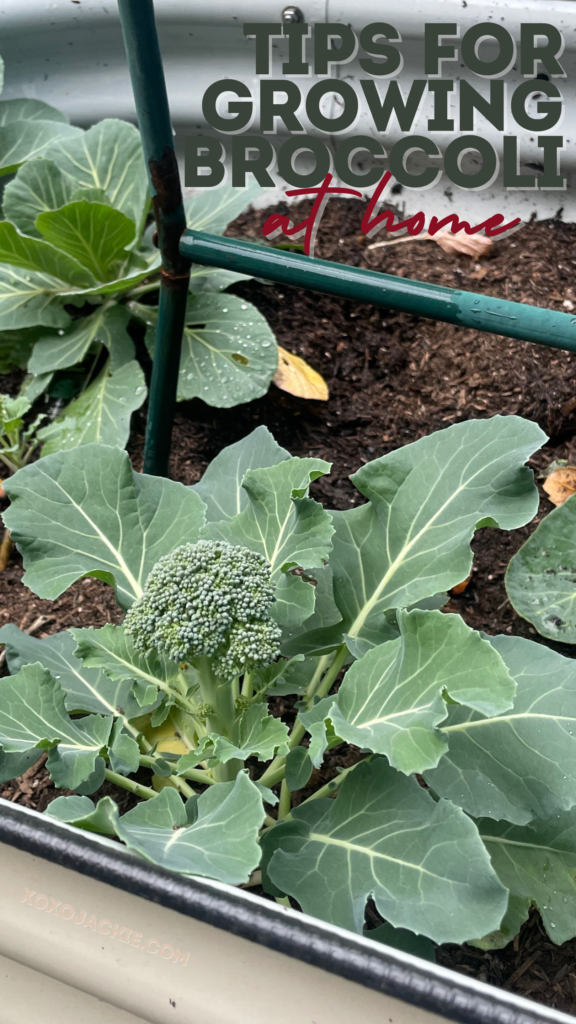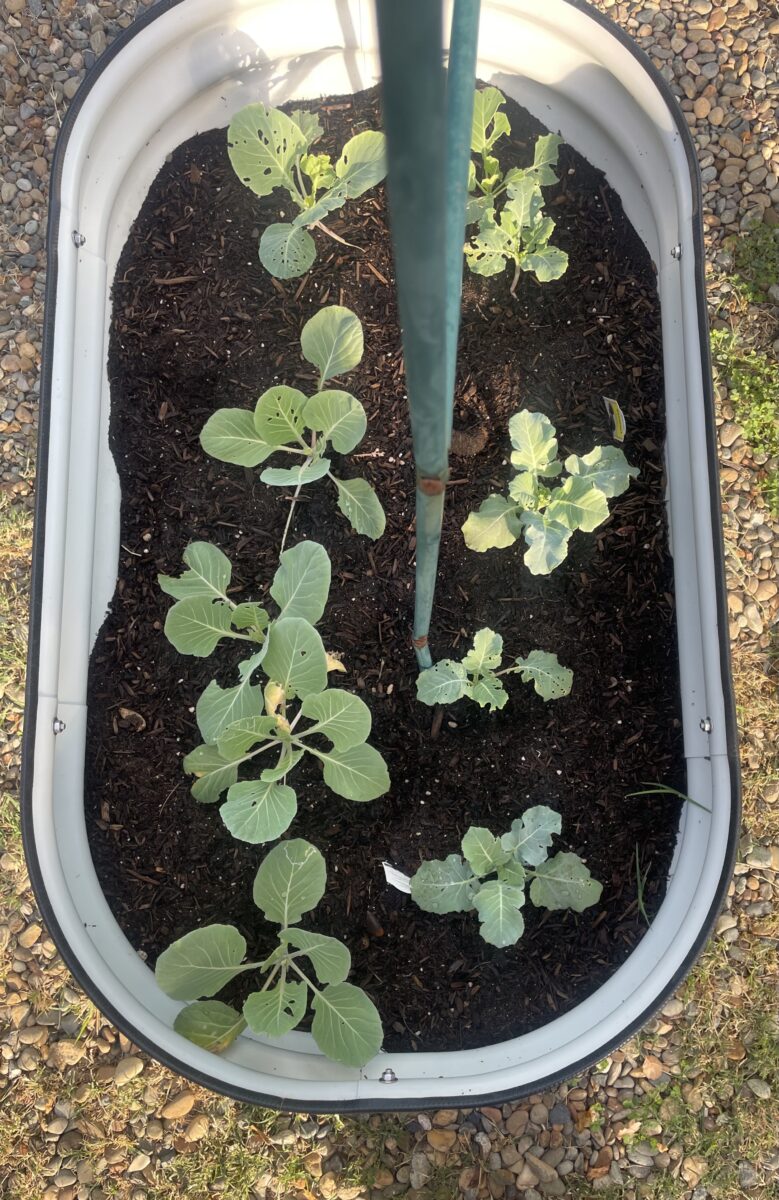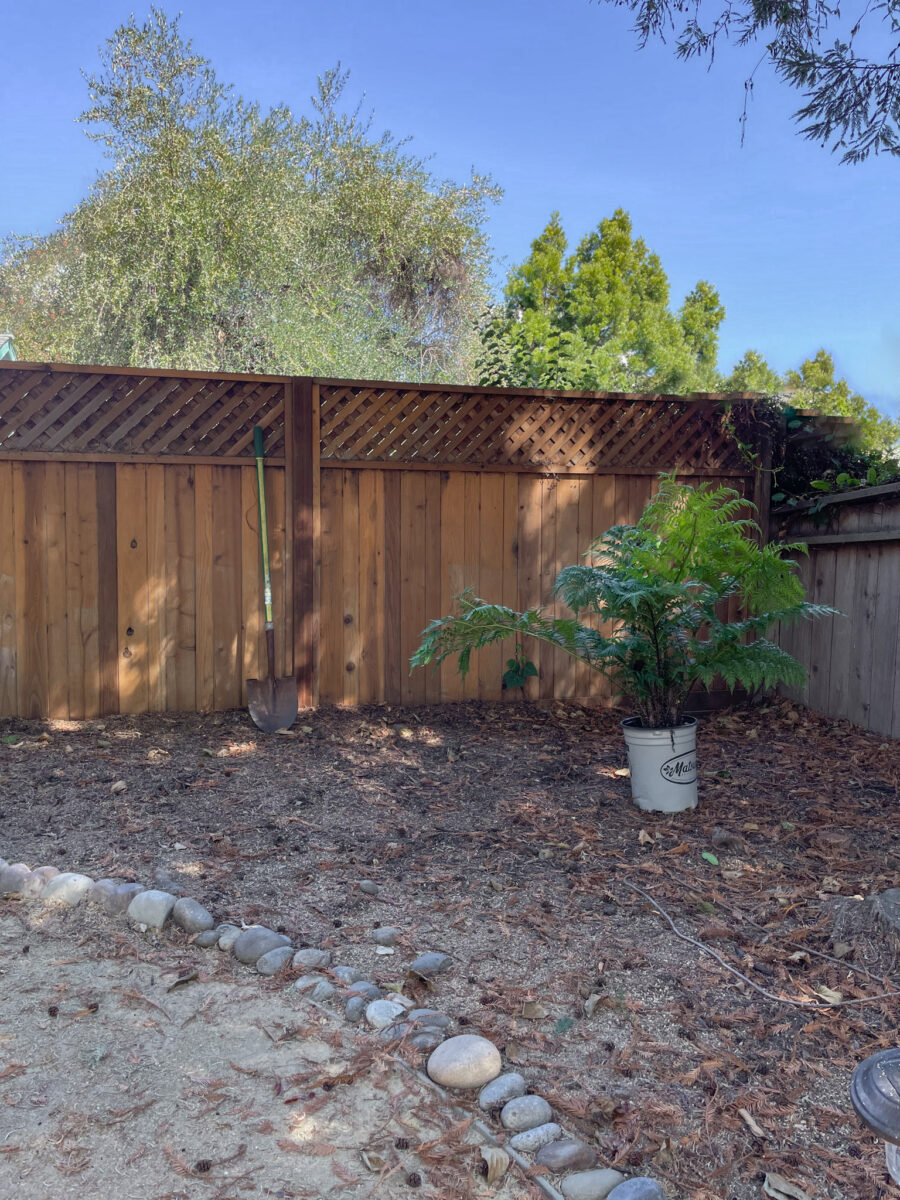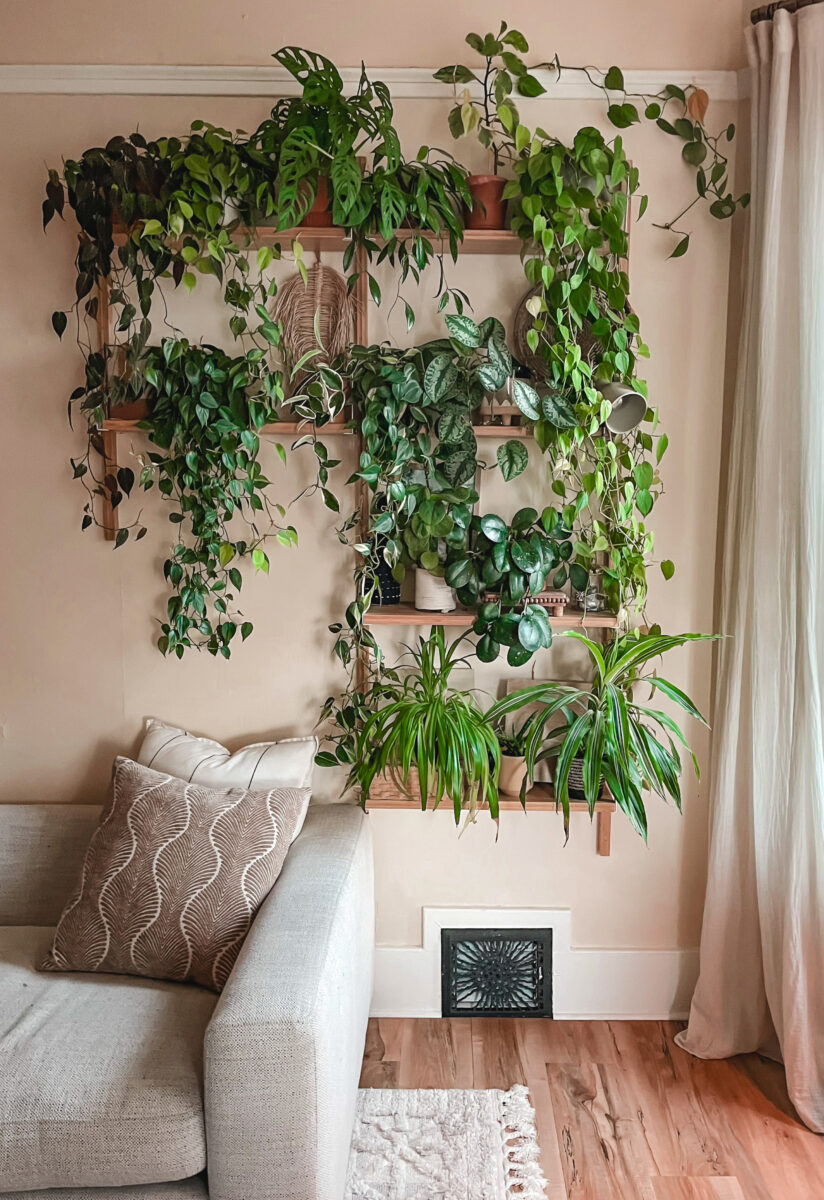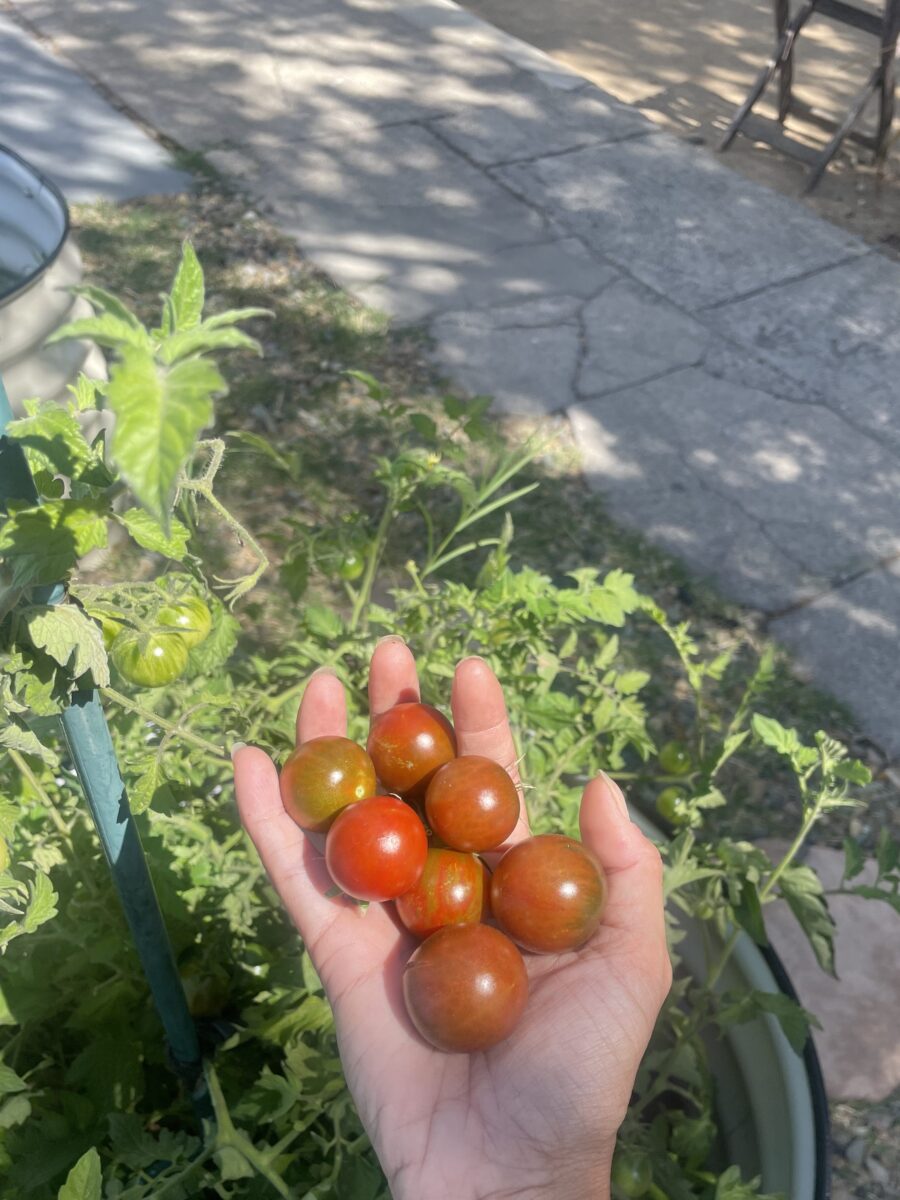A few months ago, while browsing the garden section of my local Home Depot, I spotted a tray of broccoli seedlings that caught my eye. I hadn’t planned on adding broccoli to my fall garden, but something about their vibrant green leaves and the promise of fresh, homegrown produce made them irresistible. Before I knew it, I was loading a pack into my cart, already imagining them thriving in my raised garden beds.
Now, in late January, I’m thrilled to report that my decision has paid off. My broccoli plants are thriving, and the sight of those beautifully growing heads has made the journey completely worth it.
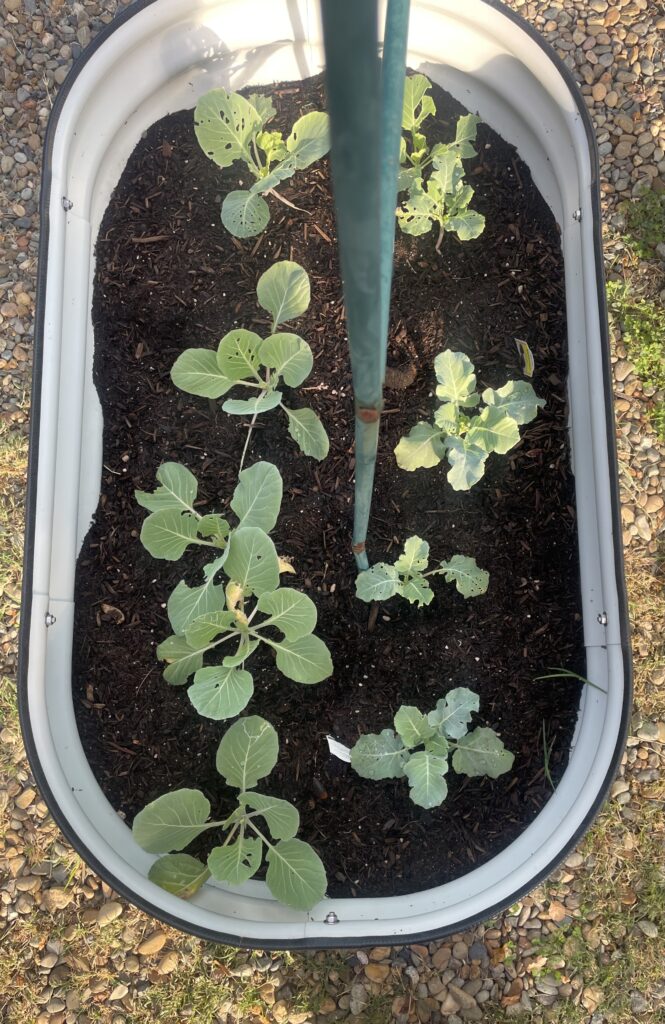
Planting Broccoli in the Fall
Fall is one of my favorite times to plant cool-season crops like broccoli. Back in late September, I prepared my raised garden beds by refreshing the soil with compost and organic fertilizer. The seedlings went in with plenty of space to grow, ensuring they’d have room to stretch out as they matured. I also mulched around the plants to help regulate the soil temperature and retain moisture.
The cooler temperatures of fall made it easy for the plants to get established. I made sure to keep them consistently watered and checked in on them weekly to remove any weeds that dared to compete.
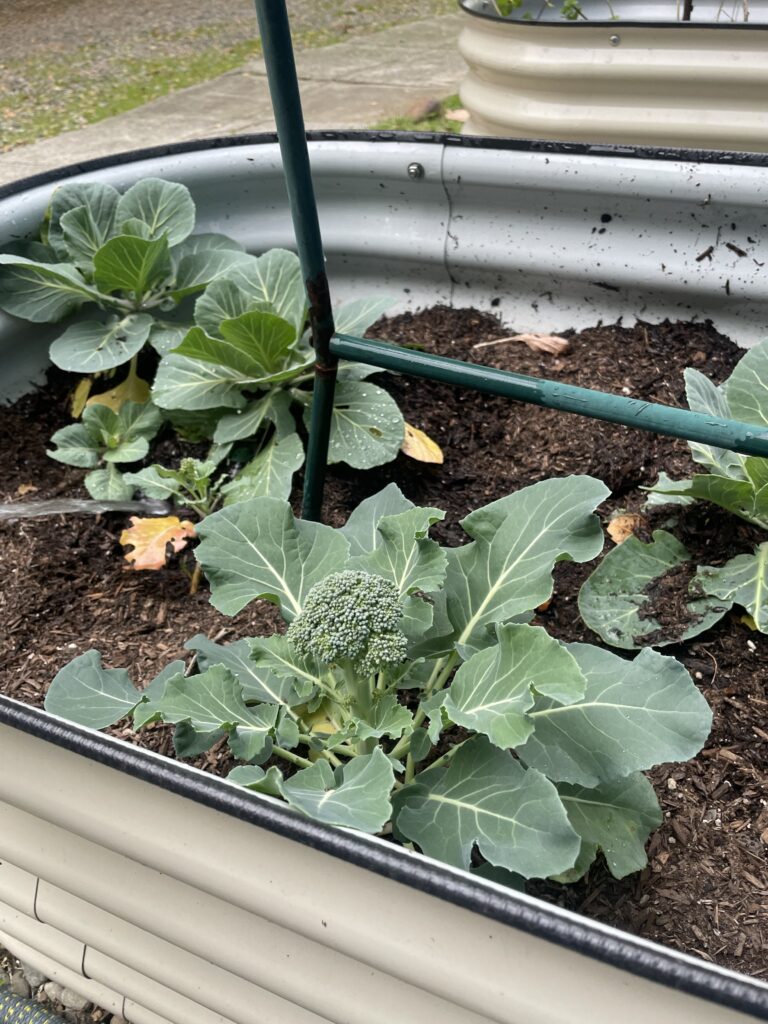
Late January Growth Update
Fast forward to now, and the broccoli plants have surpassed my expectations. The leaves are lush and dark green, and the heads are forming beautifully. Each plant stands tall and sturdy, a sign that the cool winter weather has been perfect for their growth.
There have been a few challenges along the way—mainly fending off some curious pests early on—but overall, broccoli has been surprisingly low-maintenance. Regular watering and a mid-season boost of an organic fertilizer kept them happy, and the raised beds helped protect their roots during particularly rainy weeks.
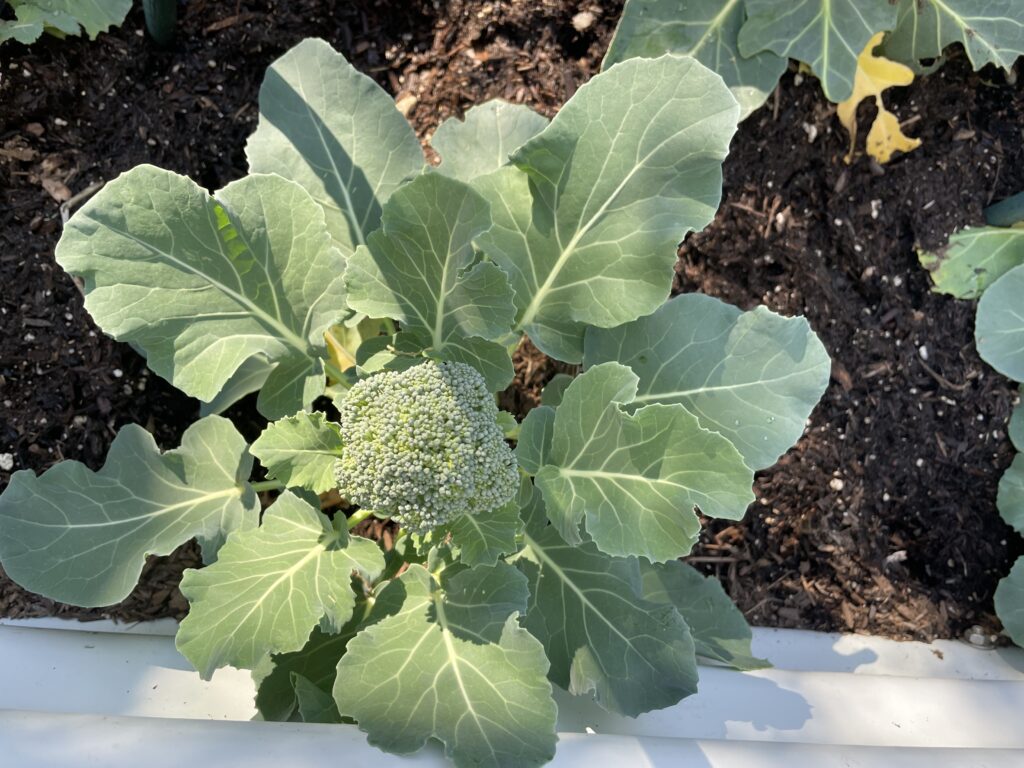
Why I Love Winter Gardening
Growing broccoli during the winter has been such a rewarding experience. There’s something magical about seeing fresh, vibrant vegetables thrive during a time when most gardens are dormant. It’s also a reminder of how much you can grow, even in cooler months, with a little planning and care.
As the broccoli heads continue to mature, I’m already brainstorming how to use them. Whether it’s roasting them for a cozy dinner or freezing some for later, knowing that this produce came straight from my backyard makes it all the more special.
5 Tips for Growing Broccoli
1. Plant in the Right Season
Broccoli thrives in cooler temperatures, so plant it in early fall for a winter harvest or in early spring for a late spring/early summer crop. Avoid planting during hot summer months, as high temperatures can cause bolting (when the plant flowers too soon).
2. Give It Space to Grow
Broccoli plants need room to develop strong roots and large heads. Space seedlings about 18 inches apart in raised beds or garden rows to ensure they have enough airflow and nutrients.
3. Keep the Soil Nutrient-Rich
Broccoli is a heavy feeder, meaning it needs nutrient-rich soil to produce big, healthy heads. Mix compost or aged manure into the soil before planting, and supplement with an organic fertilizer high in nitrogen midway through the growing season.
4. Water Consistently
Keep the soil evenly moist but not waterlogged. Broccoli prefers about 1 to 1.5 inches of water per week. A layer of mulch can help retain moisture and prevent weeds from competing with your plants.
5. Watch for Pests
Common pests like cabbage worms, aphids, and flea beetles can target broccoli. Regularly check the leaves for signs of damage and use organic methods like neem oil, row covers, or handpicking pests to keep them at bay.
